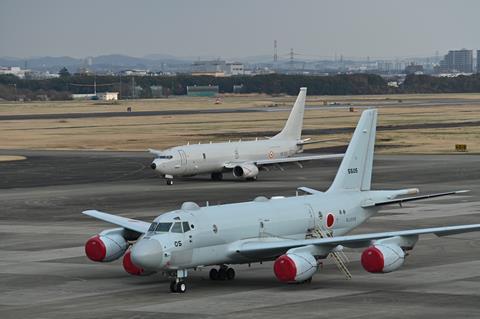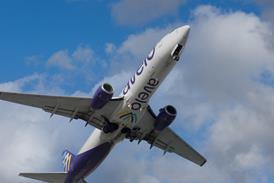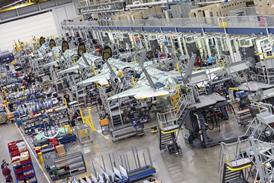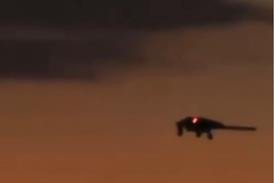An audit has revealed major sustainment challenges facing Japan’s Kawasaki P-1 maritime patrol aircraft, which have reduced availability of the type.
The report, produced by Japan’s Board of Audit — an independent agency that audits government spending — highlights a range of sustainment and integration issues with the four-engined type.

The P-1’s IHI F7-10 turbofan engines have experienced recurring corrosion linked to airborne salt exposure, despite the use of corrosion-resistant materials.
While the engines passed revised lab-based corrosion tests, similar failures emerged in operational settings. Corrective action has not kept pace with the number of affected engines.
One of the aircraft’s key mission sensors, referred to as “Electronic System A”, has proven prone to vibration-induced malfunctions. The audit suggests that these issues might have been detected with more rigorous integration and stress testing during development.
Other issues include problems related to interfacing weapons with the aircraft. As with the sensor issues, auditors feel that these problems could have been prevented by better testing.
Spare parts are also a bugbear, with components cannibalised from non-flying P-1s to keep others airworthy. The delivery of replacement parts is also slow, with 30% of spares delivered over one year after the original request was made.
Regarding spares availability, the audit highlights weak forecasting, poor response to supplier shutdowns, and insufficient integration of supply chain intelligence in procurement planning.
This is exacerbated by a lack of communication between operational units and the Air Supply Depot and JMSDF [Japan Maritime Self-Defense Force] Supply Headquarters.
Given the importance of the P-1 to Japanese maritime security, auditors have called for better coordination between departments in the defence ministry to improve readiness.
On the spares issue, auditors call for more efficient and timely procurement, as well improved anticipation of supply chain disruptions, component obsolescence, and failure trends.
The report notes that JMSDF the operates 35 P-1s, out of a total of 47 aircraft contracted. Longer-term plans call for the service to operate 61 P-1s.


























